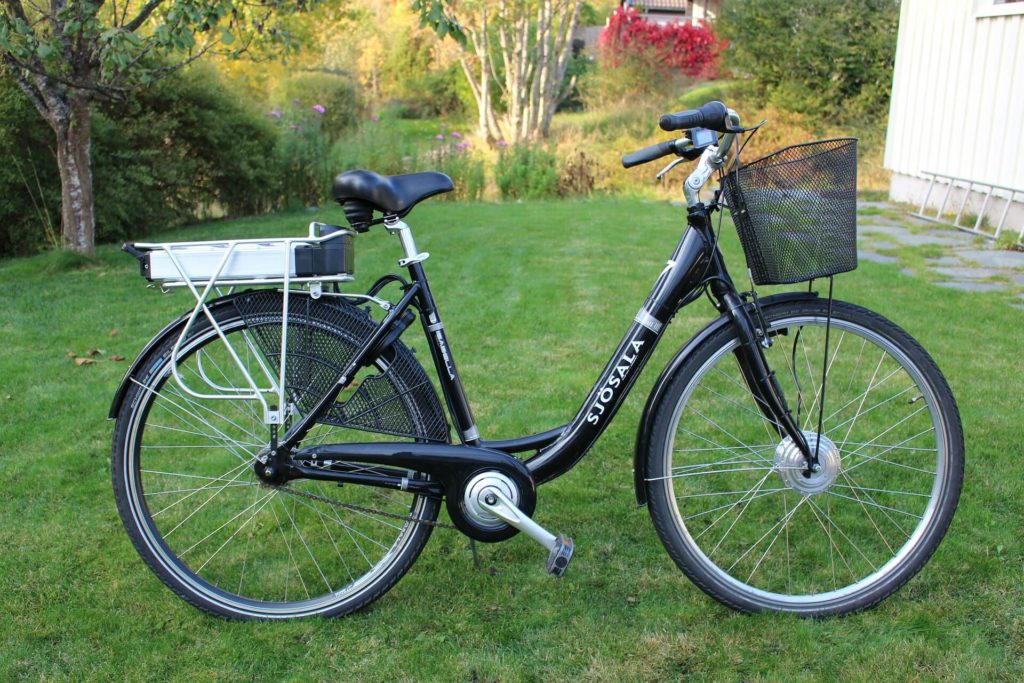Class 1 and 2 e-bikes are allowed on designated regional and open space trails in the plains. E-bikes are prohibited on foothills and mountain trails. Different rules apply when an e-bike is used by someone with a mobility disability.
E-bikes on Open Space
E-bikes Allowed
Class 1 and 2 e-bikes are allowed on the following parks and trails:
Regional Trails
- Coal Creek Trail
- LoBo Trail (except signed area near Twin Lakes)
- Rock Creek Trail
- US 36 Bikeway
Plains
E-bikes Prohibited
E-bikes are prohibited in the foothills and mountains, with certain Americans with Disability Act exceptions. Foothills and mountains include the following parks and trails:
- Anne U. White
- Bald Mountain Scenic Area
- Betasso Preserve
- Caribou Ranch
- Hall Ranch
- Heil Valley Ranch
- Mud Lake
- Ron Stewart Preserve at Rabbit Mountain
- Walker Ranch
Class 3 e-bikes are prohibited on all open space trails.
Individuals With Mobility Disabilities
Individuals with mobility disabilities are allowed to use Other Power-Driven Mobility Devices (OPDMDs), including e-bikes, on all trails open to pedestrians unless a specific trail has been designated as inappropriate for OPDMDs based on the assessment factors outlined in 28 CFR § 35.137(b)(2) of the Americans with Disabilities Act.
A current list of trails where OPDMDs are allowed is available on the Accessibility on Open Space page.
What is an E-bike?
E-bike Definition & Classes
E-bikes, also known as electric bicycles, ebikes, powerbikes, pedelecs, or booster bikes, are bicycles with an integrated electric motor that does not exceed 750 watts of power.
- Class 1: Low-speed pedal-assisted electric bicycle equipped with a motor that provides assistance only when the rider is pedaling, and that ceases to provide assistance when the e-bike reaches 20 mph.
- Class 2: Low-speed throttle-assisted electric bicycle equipped with a throttle-actuated motor, that ceases to provide assistance when the e-bike reaches 20 mph.
- Class 3: Pedal-assisted electric bicycle equipped with a motor that provides assistance only when the rider is pedaling, and that ceases to provide assistance when the e-bike reaches 28 mph. Class 3 e-bikes are prohibited on all open space trails.
E-bikes Approval History
Passive Recreation Definition Updated
On Dec. 18, 2019, the Planning Commission voted to update the definition of passive recreation to include riding e-bikes.
E-bikes Approved by Commissioners
On Nov. 13, 2019, the Board of County Commissioners (BOCC) approved allowing class 1 and class 2 e-bikes on Boulder County trails on the plains where regular bikes are allowed, including regional trails and trails on open space parks, with certain exceptions. Those exceptions include anywhere e-bikes are not allowed due to underlying existing land restriction and three trails requested by the City of Boulder: The Boulder Canyon Trail (due to prohibition of motorized uses on a parcel owned by City of Boulder), Coalton Trail and Mayhoffer-Singletree Trail (because these two county trails lead to city-owned trails where e-bikes are not allowed, and there is no option to leave the trail). [NOTE: On July 1, 2023, e-bikes were approved on City of Boulder adjacent trails and the Coalton, Mayhoffer-Singletree, and Boulder Canyon trails.]
Other Meetings
On Oct. 24, 2019, the Parks & Open Space Advisory Committee voted 5-1 to recommend approval of the staff proposal to the Board of County Commissioners.
On Oct. 16, 2019, a study session was held with the Planning Commission to present the results of the pilot study and propose options for updating the passive recreation definition in the Boulder County Comprehensive Plan Open Space Element.
Three open houses were held to present results from the E-Bike Pilot Study and outline the recommendation to allow e-bikes.
- Oct. 2, 2019
- Oct. 3, 2019
- Oct. 6, 2019



 E-Bikes Map
E-Bikes Map